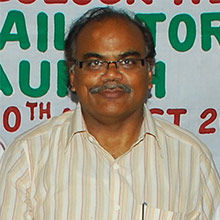India has the largest cotton acreage in the world, and cotton is the dominant fiber in the Indian textile industry. Most of the cotton used in India is grown locally, even though the low quantum of imports has started registering significant growth during the last few years. Despite recent market setbacks, cotton continues to play a significant role in the rural economy of semi-arid regions in India, influencing the livelihoods of an estimated 20 million people.
The advent of mechanization during the nineteenth and twentieth century, and the continuing decline of the household industry saw both growers and weavers becoming the clients of the intermediary spinning mills. This dependency coupled with "green revolution" initiatives (seventies) witnessed the accentuation of input-intensive cultivation practices. On top of this, the liberalization of the Indian economy and the opening up of domestic markets in line with multilateral trade dialogue during the late nineties have seen intensified competition that has brought in its aftermath debilitating environmental, economic, and social impacts. Members of two primary producer communities in this supply chain-cotton growers and handloom weavers-have been committing suicides (mostly reported in Andhra Pradesh and Karnataka) with women engaged in these two occupations getting further marginalized. With the move towards a more liberalized trade regime, the agenda for the near term-expiry of Multi-Fibre Agreement by 2005 and the removal of quotas as a quid pro quo for opening up domestic markets-the future is uncertain for these primary producers.








Comments